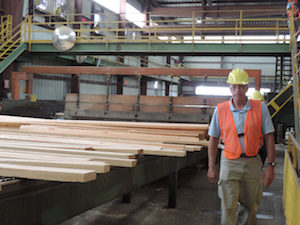How Much Does Forest Industry Contribute to the NC Economy
go.ncsu.edu/readext?546356
en Español / em Português
El inglés es el idioma de control de esta página. En la medida en que haya algún conflicto entre la traducción al inglés y la traducción, el inglés prevalece.
Al hacer clic en el enlace de traducción se activa un servicio de traducción gratuito para convertir la página al español. Al igual que con cualquier traducción por Internet, la conversión no es sensible al contexto y puede que no traduzca el texto en su significado original. NC State Extension no garantiza la exactitud del texto traducido. Por favor, tenga en cuenta que algunas aplicaciones y/o servicios pueden no funcionar como se espera cuando se traducen.
Português
Inglês é o idioma de controle desta página. Na medida que haja algum conflito entre o texto original em Inglês e a tradução, o Inglês prevalece.
Ao clicar no link de tradução, um serviço gratuito de tradução será ativado para converter a página para o Português. Como em qualquer tradução pela internet, a conversão não é sensivel ao contexto e pode não ocorrer a tradução para o significado orginal. O serviço de Extensão da Carolina do Norte (NC State Extension) não garante a exatidão do texto traduzido. Por favor, observe que algumas funções ou serviços podem não funcionar como esperado após a tradução.
English
English is the controlling language of this page. To the extent there is any conflict between the English text and the translation, English controls.
Clicking on the translation link activates a free translation service to convert the page to Spanish. As with any Internet translation, the conversion is not context-sensitive and may not translate the text to its original meaning. NC State Extension does not guarantee the accuracy of the translated text. Please note that some applications and/or services may not function as expected when translated.
Collapse ▲ One of the most abundant natural resources in North Carolina are the trees. The majority of the trees form the 18.2 million acres of forest of North Carolina in which the majority (~ 61%) are privately owned. These trees provide an abundance of benefits ranging from clean water and air to contributing to the state economy.
One of the most abundant natural resources in North Carolina are the trees. The majority of the trees form the 18.2 million acres of forest of North Carolina in which the majority (~ 61%) are privately owned. These trees provide an abundance of benefits ranging from clean water and air to contributing to the state economy.
Each county in North Carolina receives economic benefit from North Carolina’s forest through the forest sector. In 2016 the forest sector contributed $12.6 billion dollars to our state gross domestic product, up from $10.9 billion dollars in 2013. The total economic contribution in industry output to the state’s economy in 2016 was $32.7 billion, supporting about 150,000 full- and part-time jobs with a payroll of $7.8 billion. For the complete view of the economic contribution of the North Carolina forest sector read Economic Contribution of the Forest Sector in North Carolina. To learn more about the forest sector’s economic impact for a specific county see the table “Forest Impacts by County in North Carolina” on the Economic Impact Data page.


